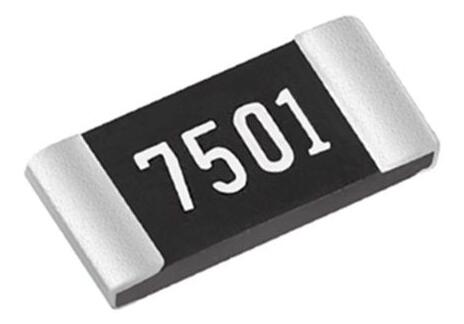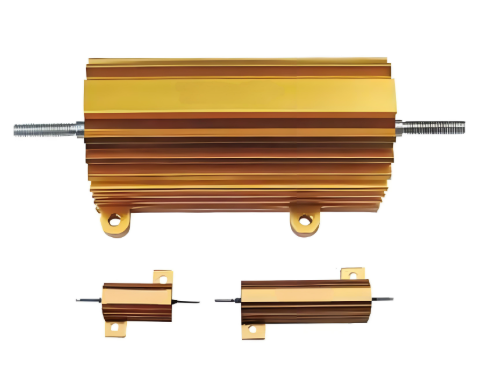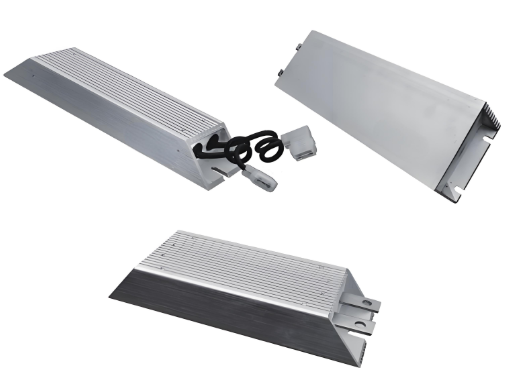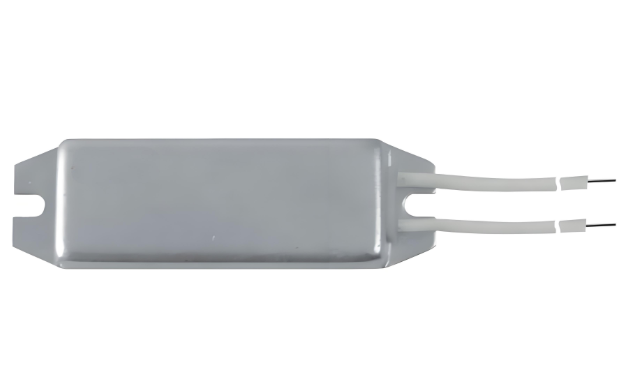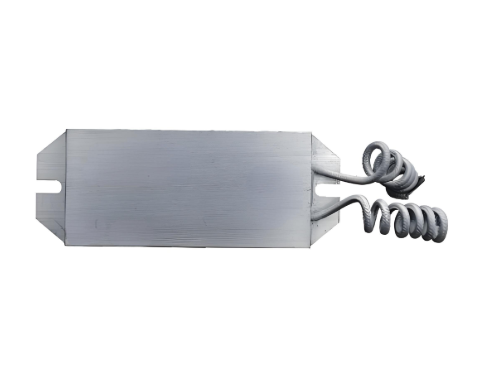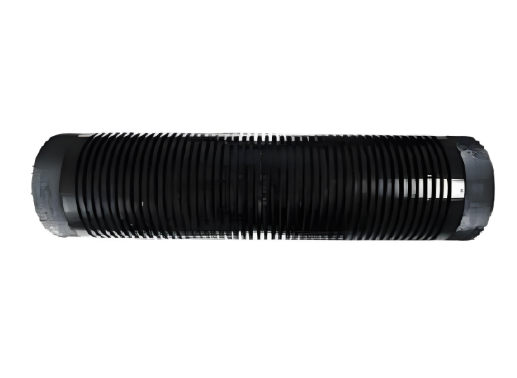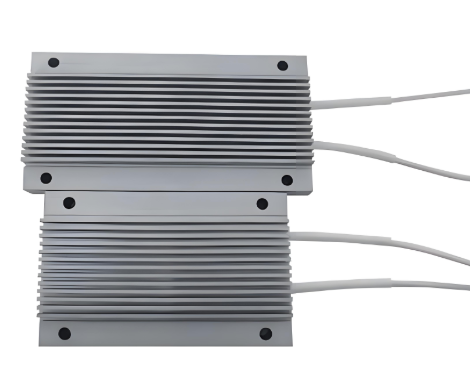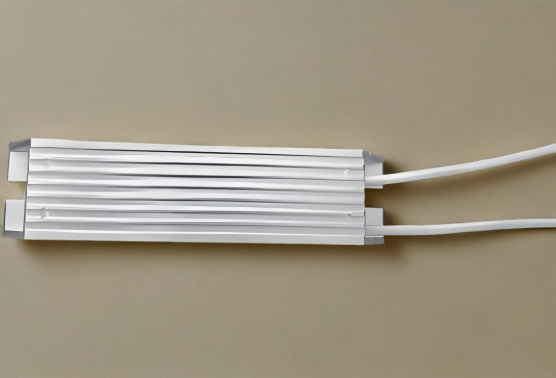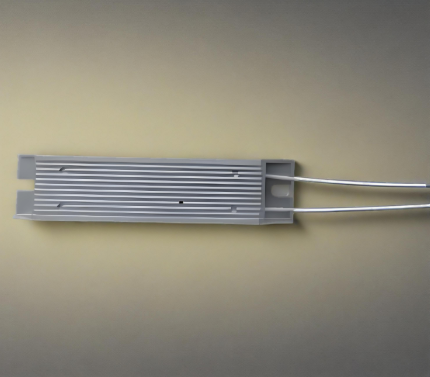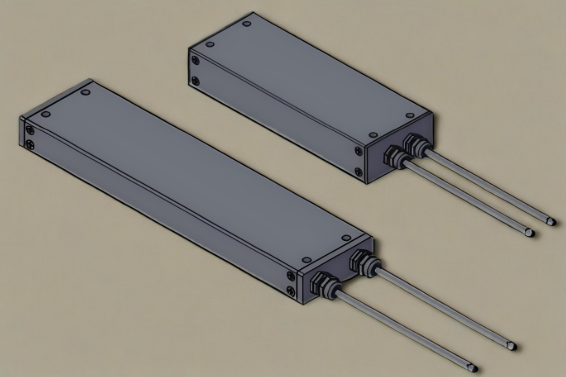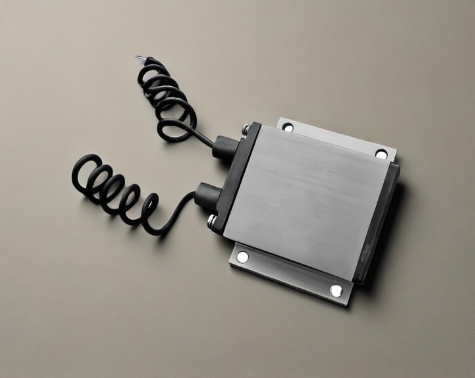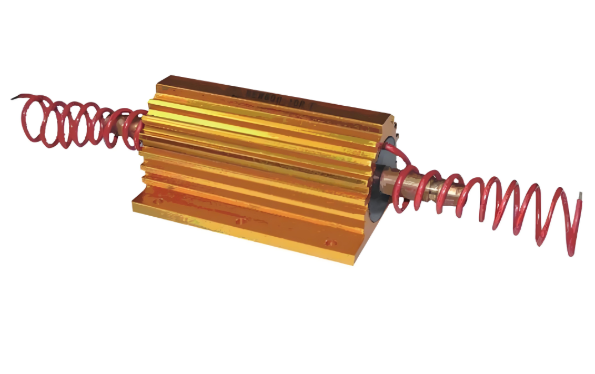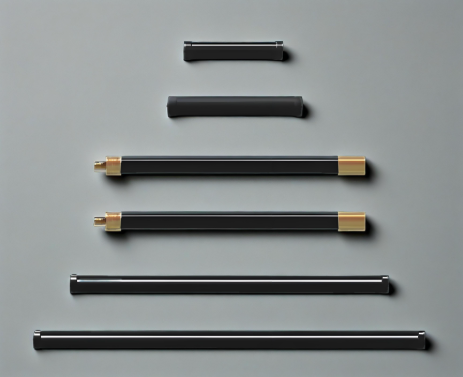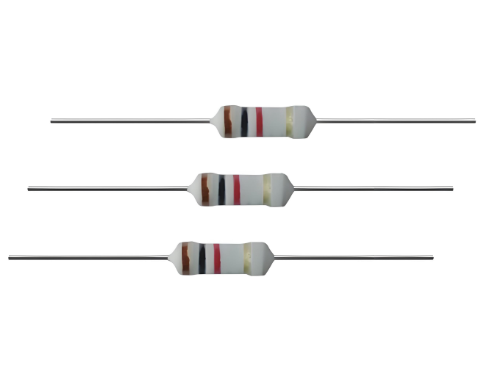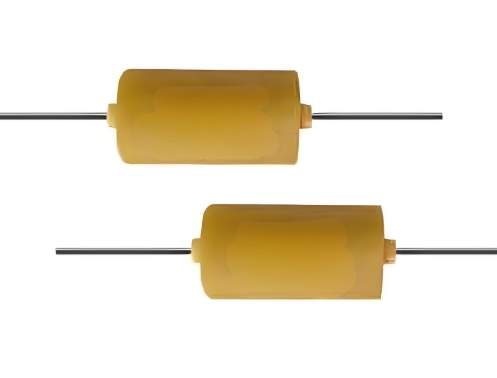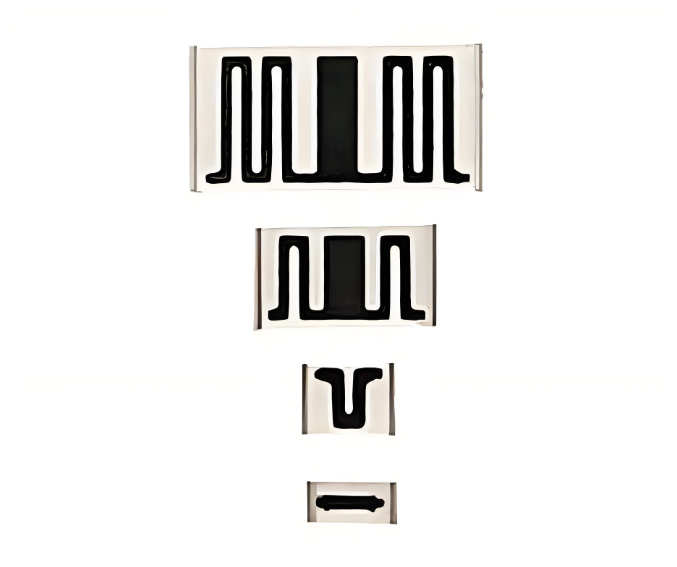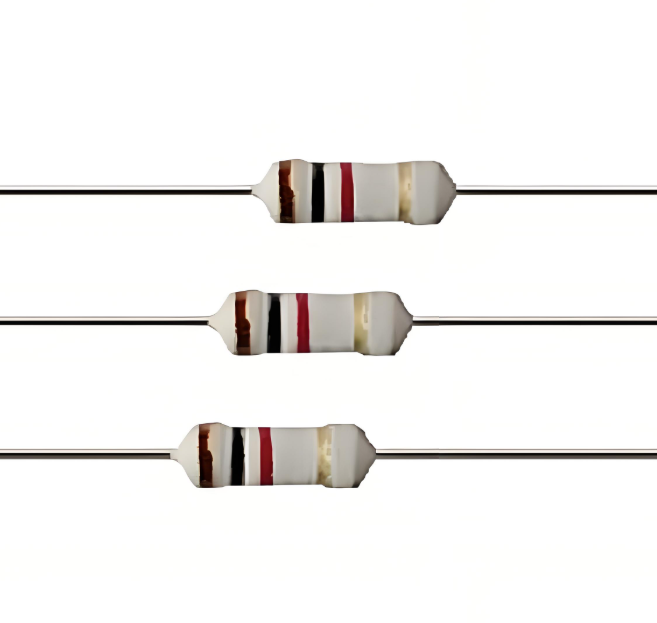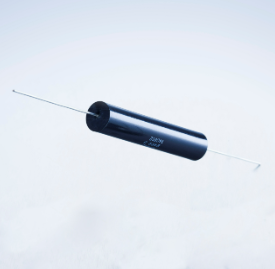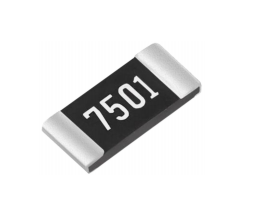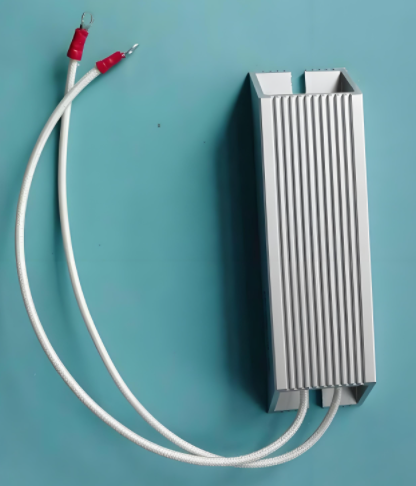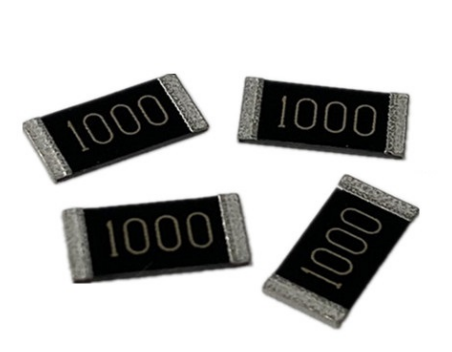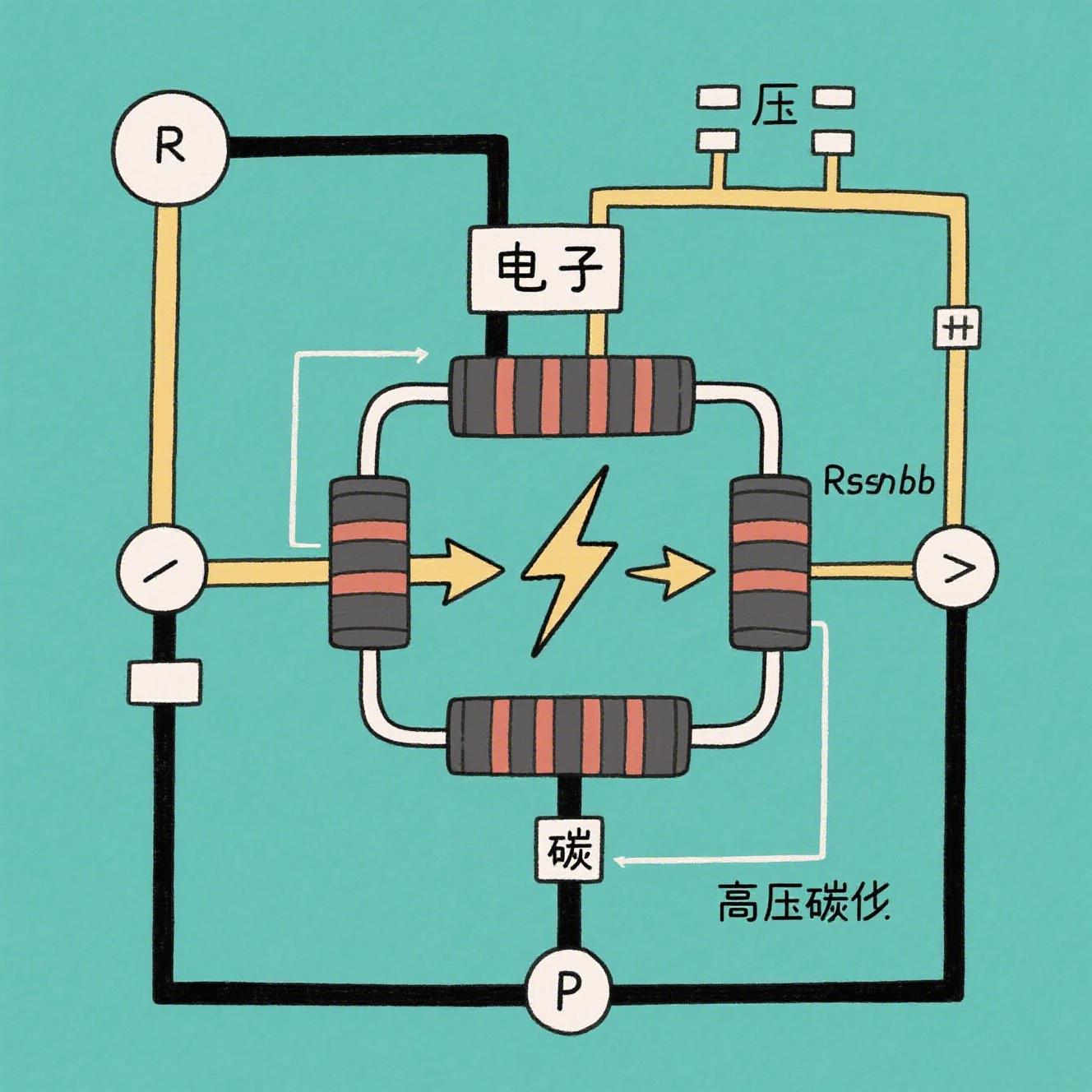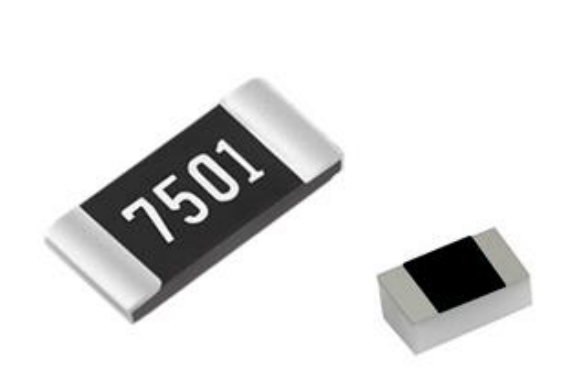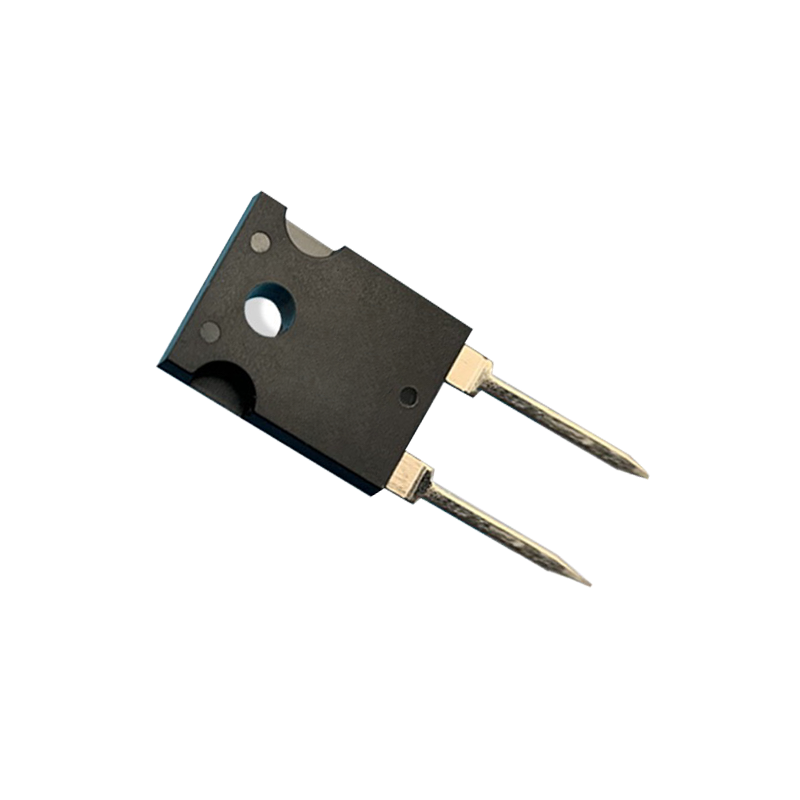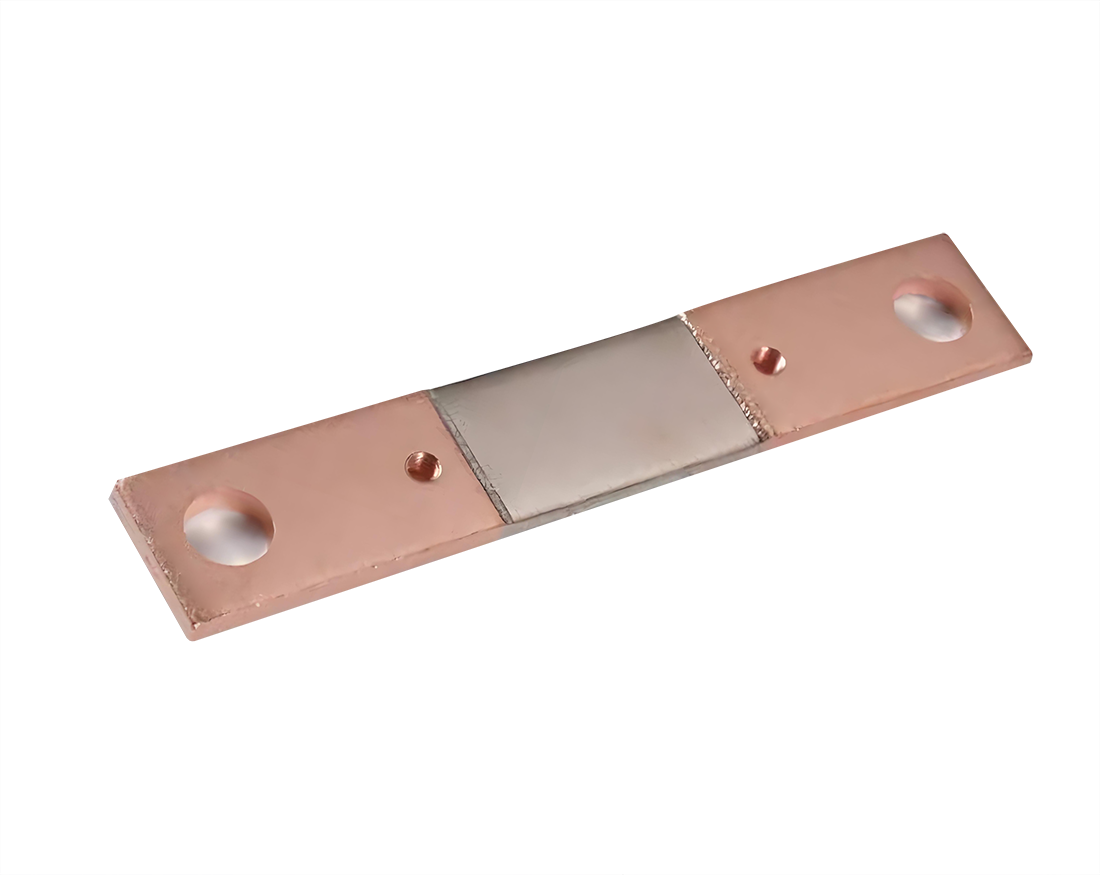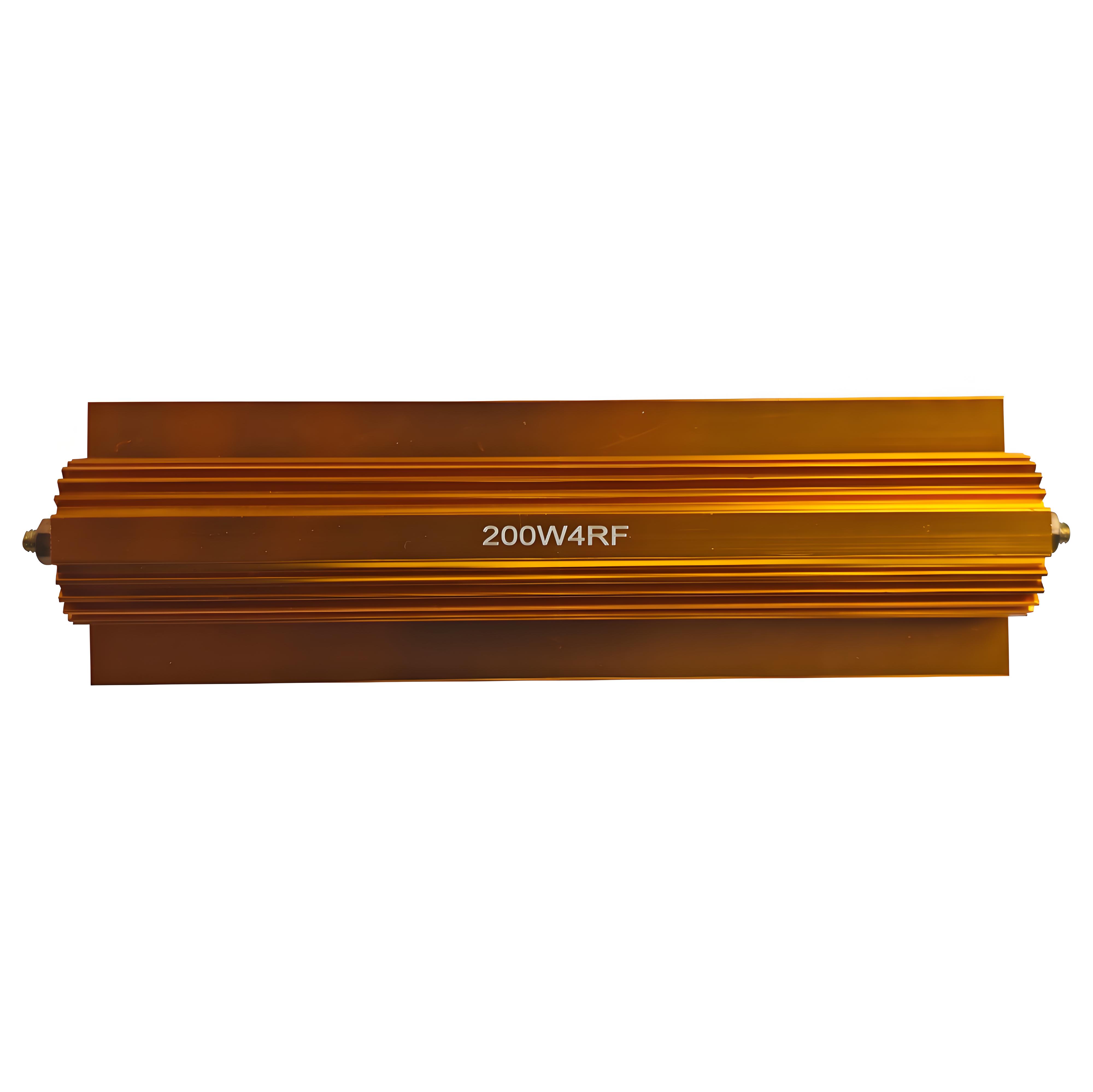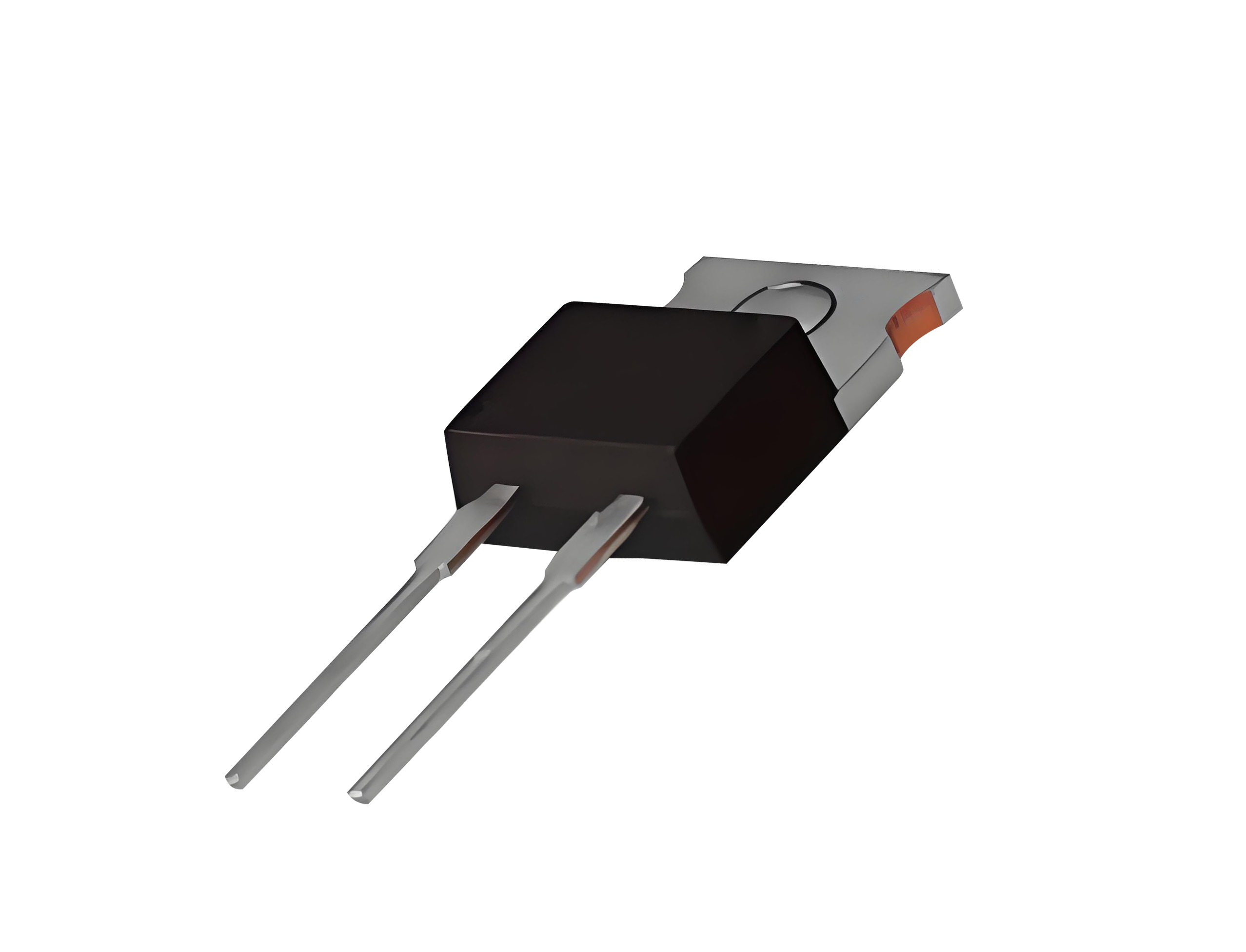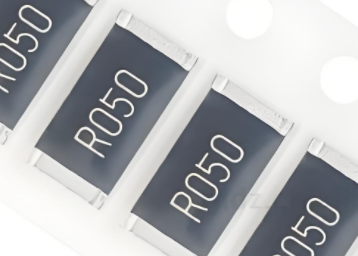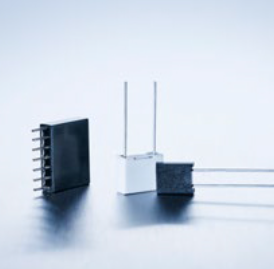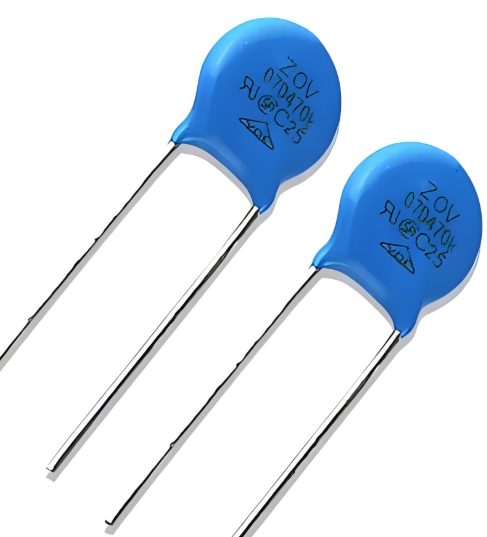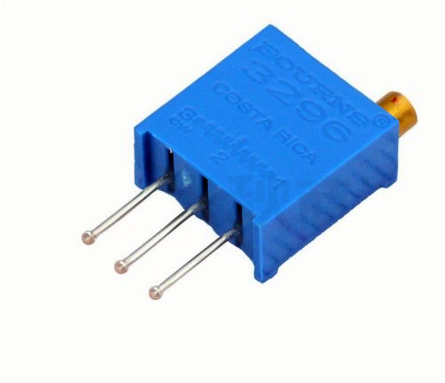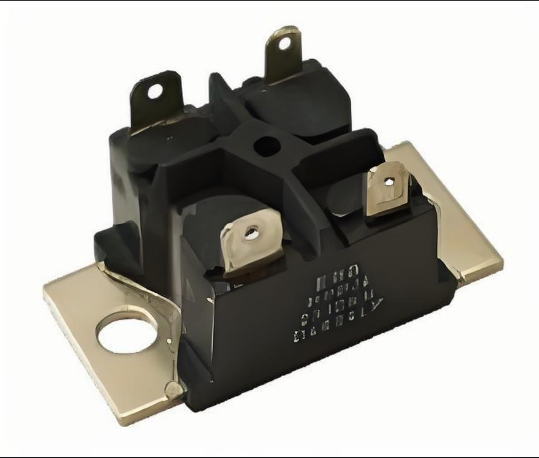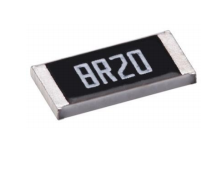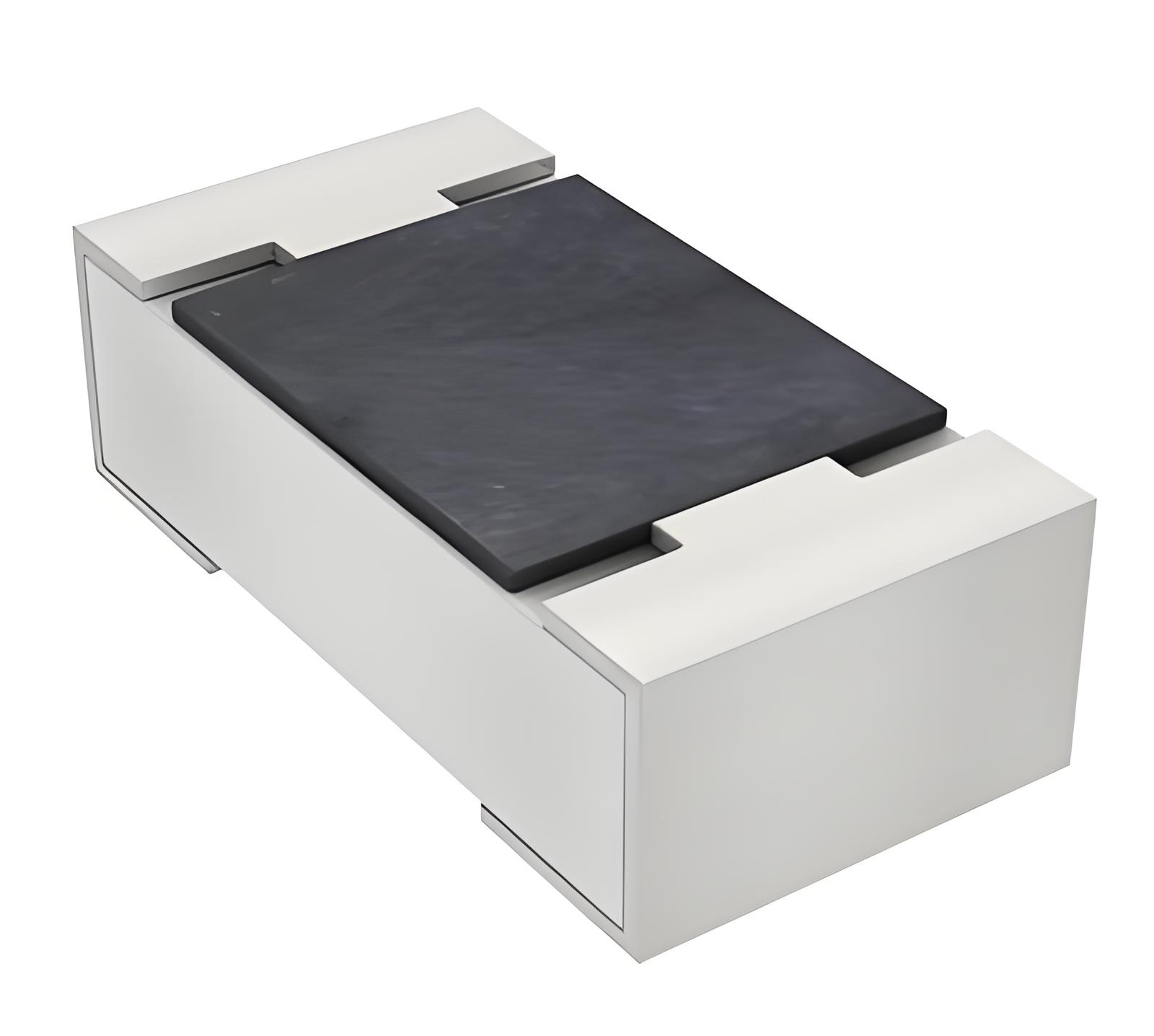Introduction
Aluminum Nitride (AlN) has emerged as a critical material in radio frequency (RF) applications due to its exceptional electrical and thermal properties. Its high resistance to electrical breakdown, excellent thermal conductivity, and low dielectric loss make it a preferred choice for high-frequency and high-power RF devices. This article explores the unique resistance properties of Aluminum Nitride and how they contribute to its effectiveness in RF applications.
Resistance Properties of Aluminum Nitride
Aluminum Nitride exhibits several key resistance properties that make it suitable for demanding RF environments:
High Electrical Resistivity: AlN has an electrical resistivity of >1014 Ω·cm, ensuring minimal leakage currents.
Breakdown Voltage: With a breakdown voltage of 15-20 kV/mm, it can withstand high electric fields.
Low Dielectric Loss: Its low tan δ (loss tangent) of 0.0003-0.001 at RF frequencies minimizes signal attenuation.
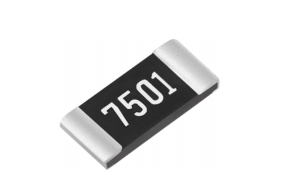
Why Aluminum Nitride is Ideal for RF Applications
RF applications require materials that can handle high frequencies and power levels while maintaining signal integrity. Aluminum Nitride's properties align perfectly with these needs:
| Property | Value | Benefit for RF Applications |
|---|---|---|
| Dielectric Constant (εr) | 8.6-9.0 | Ensures stable signal propagation with minimal dispersion. |
| Thermal Conductivity (W/m·K) | 170-200 | Efficient heat dissipation in high-power RF devices. |
| CTE (ppm/°C) | 4.5-5.5 | Matches well with semiconductors, reducing thermal stress. |
Thermal Conductivity Comparison
One of the standout features of Aluminum Nitride is its thermal conductivity, which surpasses many other RF materials:
| Material | Thermal Conductivity (W/m·K) |
|---|---|
| Aluminum Nitride (AlN) | 170-200 |
| Alumina (Al2O3) | 20-30 |
| Silicon Carbide (SiC) | 120-140 |
| FR-4 (PCB Material) | 0.3-0.4 |
This high thermal conductivity ensures that AlN-based RF components can operate efficiently without overheating, even in high-power scenarios.
Challenges and Solutions in Using Aluminum Nitride
Problem: Despite its advantages, Aluminum Nitride can be challenging to machine and integrate into RF circuits due to its hardness and brittleness.
Solution: Advanced manufacturing techniques such as laser machining and thin-film deposition have been developed to address these challenges. Additionally, hybrid substrates combining AlN with other materials (e.g., AlN-on-Si) provide a balance between performance and manufacturability.
Conclusion
Aluminum Nitride's exceptional resistance properties, including high electrical resistivity, breakdown voltage, and thermal conductivity, make it an ideal material for RF applications. Its ability to handle high-frequency signals and dissipate heat efficiently ensures reliable performance in demanding environments. While machining and integration challenges exist, advancements in manufacturing techniques continue to expand its applicability in the RF industry.

